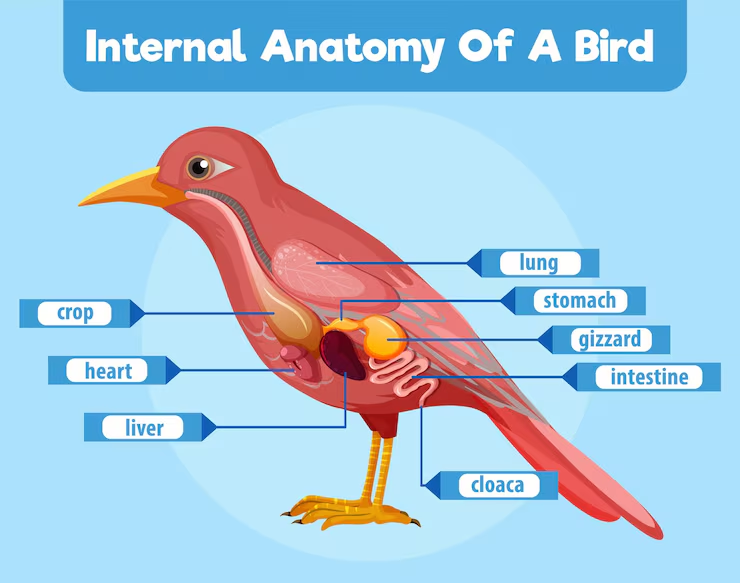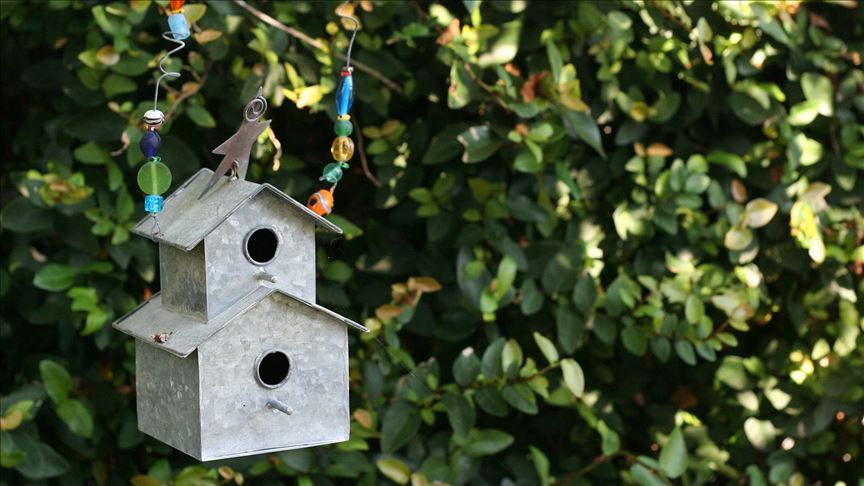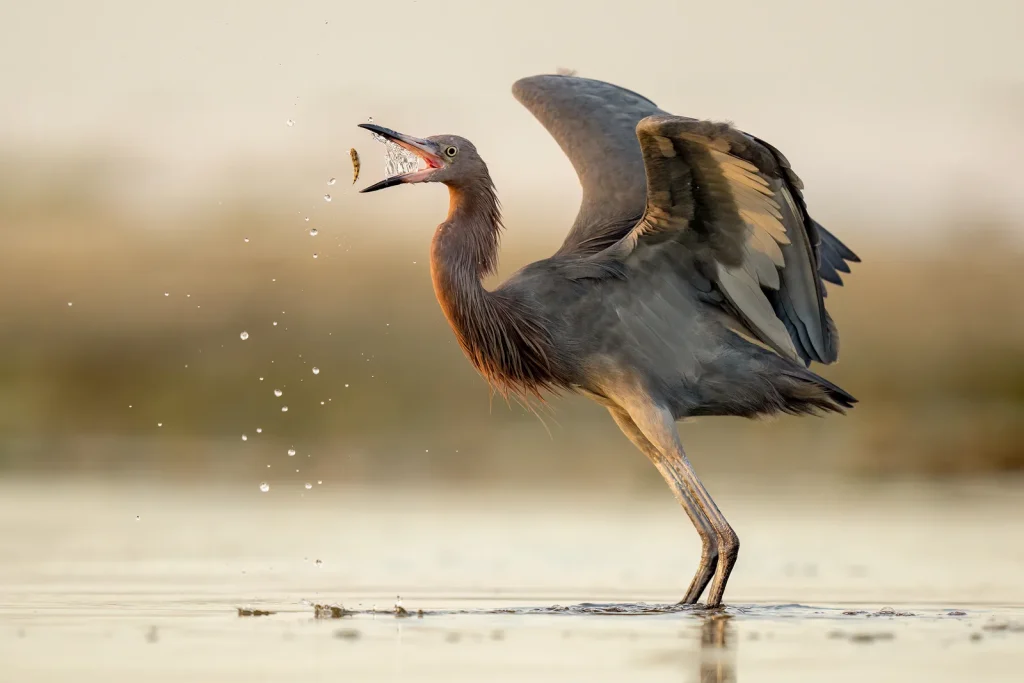Have you ever wished you could see everything around your car at once? A Birds Eye View Camera makes that possible.
It gives you a clear, bird’s eye perspective of your vehicle’s surroundings, helping you park and drive with confidence. But how exactly does this smart camera system work? Keep reading to discover the simple technology behind it and how it can make your driving safer and easier.
You’ll soon wonder how you ever managed without it!

Credit: www.man.eu
Birds Eye View Camera Basics
A Birds Eye View Camera shows a top-down image of a vehicle’s surroundings. It helps drivers see all around their car easily.
This camera system uses several small cameras placed around the vehicle. It creates a full view from above.
What Is A Birds Eye View Camera
A Birds Eye View Camera is a safety system for cars. It shows a 360-degree view from the top of the vehicle.
The camera helps drivers park and avoid obstacles. It gives a better idea of the car’s position on the road.
Key Components
This system has several key parts. Each plays a role in creating the birds eye image.
- Cameras:Usually four cameras are placed on the front, rear, and sides of the vehicle.
- Image Processor:It combines the camera feeds to form one clear top-down view.
- Display Screen:Shows the combined image inside the vehicle for the driver.
- Software:Adjusts the images and corrects angles to make the view accurate.
How The System Captures Images
A birds eye view camera system gives drivers a top-down view of their vehicle. It uses multiple cameras to create a full picture. This helps with parking and avoiding obstacles.
The system captures images by placing cameras around the vehicle. These cameras work together to cover all sides. The images are then combined to show a clear view from above.
Camera Placement On Vehicle
Cameras are placed in key spots on the vehicle to capture wide views. Common locations include the front, rear, and side mirrors. Each camera covers a specific area around the car.
- Front grille or bumper
- Rear tailgate or bumper
- Under side mirrors
- Sometimes under the vehicle for ground view
Image Stitching Technology
The system uses image stitching to combine pictures from all cameras. This creates one smooth, wide-angle image. The technology adjusts for lens distortion and differences in lighting.
| Feature | Description |
| Lens Correction | Fixes curved lines caused by wide lenses |
| Overlap Matching | Aligns overlapping areas from different cameras |
| Brightness Adjustment | Balances light and dark spots in the image |
| Perspective Warp | Changes angles to create a flat, top-down view |
Processing And Display
Birds Eye View cameras collect images from multiple angles around a vehicle. These images need processing before they appear on the screen.
The processing and display steps turn raw camera feeds into a clear, combined view for the driver.
Image Processing Techniques
The system uses software to stitch images from different cameras. This creates a seamless 360-degree view around the vehicle.
- Correction of lens distortion ensures straight lines in the image.
- Blending overlaps from cameras to avoid dark edges or gaps.
- Adjusting brightness and contrast for clear visibility in all lighting.
- Real-time processing for smooth video without delays.
User Interface And Screen Display
The combined image is shown on the vehicle’s display screen. Drivers see a top-down view for easy parking and maneuvering.
| Feature | Description |
| Split Screen | Shows front, rear, and side views separately |
| Birds Eye View | Combined 360-degree top-down image |
| Guidelines | Overlay lines to help judge distance and angles |
| Zoom Function | Allows closer view of specific areas around the car |

Credit: medium.com
Benefits For Drivers
A Birds Eye View Camera gives drivers a clear view around their vehicle. It shows the area from above using multiple cameras.
This helps drivers park better and avoid accidents by seeing hidden spots clearly.
Enhanced Parking Assistance
The camera helps drivers park in tight spaces with ease. It shows all sides of the car on a single screen.
- View all angles at once for better judgment
- Reduce risk of hitting nearby objects
- Easier to park in crowded places
- Helps avoid curb damage
- Speeds up parking process
Improved Safety And Awareness
The camera increases driver awareness by showing blind spots. This lowers the chance of accidents with pedestrians or other vehicles.
| Safety Feature | Benefit |
| Blind Spot Monitoring | Sees areas not visible in mirrors |
| Obstacle Detection | Alerts for objects near the car |
| 360-Degree View | Complete view around the vehicle |
| Night Vision Support | Better visibility in low light |
Limitations And Challenges
Birds eye view cameras help drivers see around their vehicles. They combine images from many cameras to make one big picture. This helps avoid blind spots and parking mistakes.
Still, these cameras have limits. Some problems can affect how well they work. These challenges include image distortion and weather effects.
Image Distortion Issues
The cameras use wide-angle lenses to capture a large area. This can cause image distortion. Objects may look stretched or bent, which confuses drivers.
- Edges of the image may appear curved
- Objects near the camera can look larger than they are
- Depth perception may be reduced
- Overlapping images from different cameras can cause mismatches
These distortions can make it hard to judge distances and positions correctly. Software tries to fix these issues but cannot remove them all.
Performance In Different Weather Conditions
| Weather Condition | Effect on Camera | Driver Impact |
| Rain | Water drops blur lens | Image looks unclear |
| Fog | Reduces visibility | Objects appear hazy |
| Snow | Covers lenses | Blocks camera view |
| Bright Sunlight | Glare and reflections | Distracts or blinds driver |
Weather can reduce the camera’s ability to show a clear picture. Dirt, moisture, and light changes affect the image. Drivers should use caution in bad weather and not rely only on cameras.
Installation And Calibration
Installing a birds eye view camera system requires careful setup. Proper calibration ensures the cameras work together.
This guide explains how to mount the cameras and align the system for clear, accurate images.
Mounting The Cameras
Place each camera at its correct position around the vehicle. The cameras must cover front, rear, and sides without obstruction.
- Clean the mounting surface to ensure strong adhesion or secure bolts.
- Attach cameras firmly to avoid shaking or movement.
- Position cameras at the right angle for wide coverage.
- Connect cables carefully to avoid damage or loose connections.
Aligning And Calibrating The System
After mounting, the system needs calibration to stitch images correctly. This step ensures a smooth, seamless birds eye view.
| Calibration Task | Description | Tools Needed |
| Camera Alignment | Adjust camera angles for full coverage and minimal overlap. | Level tool, adjustment screws |
| Software Calibration | Use the vehicle’s software to merge images and set reference points. | Calibration software, computer |
| Test Drive | Check the system on the road for image clarity and accuracy. | Vehicle, calibration monitor |
Future Trends
Birds eye view cameras are changing how we see vehicles and surroundings. New trends will improve their use and safety.
Technology is moving fast. Cameras and software will work better with other systems in cars.
Integration With Autonomous Vehicles
Birds eye view cameras help self-driving cars understand their environment. They give a full view around the vehicle to avoid obstacles.
- Provide 360-degree vision for better navigation
- Work with sensors to detect nearby objects
- Help park and avoid collisions automatically
- Send real-time data to the car’s control system
Advancements In Camera And Ai Technology
New cameras have higher resolution and faster processing. AI helps analyze images for clearer views and better decisions.
| Technology | Benefit | Impact |
| High-Resolution Cameras | Sharper images | Easier to see small objects |
| AI Image Processing | Clearer picture in bad weather | Improves safety during rain or fog |
| Machine Learning | Better object recognition | Detects pedestrians and animals quickly |
| Faster Data Processing | Real-time response | Reduces reaction time for drivers |

Credit: www.man.eu
Frequently Asked Questions
What Is A Birds Eye View Camera System?
A birds eye view camera system uses multiple cameras around a vehicle. It stitches images together to create a 360-degree overhead view. This helps drivers see all angles and avoid blind spots for safer parking and driving.
How Does A Birds Eye View Camera Work?
The system captures images from front, rear, and side cameras. It processes these images using software to form a seamless top-down view. This gives drivers a clear perspective of their surroundings in real-time.
What Are The Benefits Of Birds Eye View Cameras?
They improve safety by reducing blind spots and collisions. They assist in precise parking and maneuvering in tight spaces. This technology enhances overall driver awareness and confidence on the road.
Can Birds Eye View Cameras Work In Low Light?
Yes, most systems use cameras with night vision or infrared. This allows clear images in low light or darkness. It ensures consistent visibility regardless of lighting conditions.
Conclusion
Exploring bird’s eye view cameras gives you a new perspective. These cameras help drivers see all around their vehicles. They use multiple lenses to create a complete view. This technology makes parking and driving safer and easier. It’s amazing how small cameras can provide big safety benefits.
Drivers feel more confident on the road with these views. Understanding how these cameras work adds to your knowledge. It also highlights the importance of technology in our daily lives. So, next time you drive, think about the tech keeping you safe.





